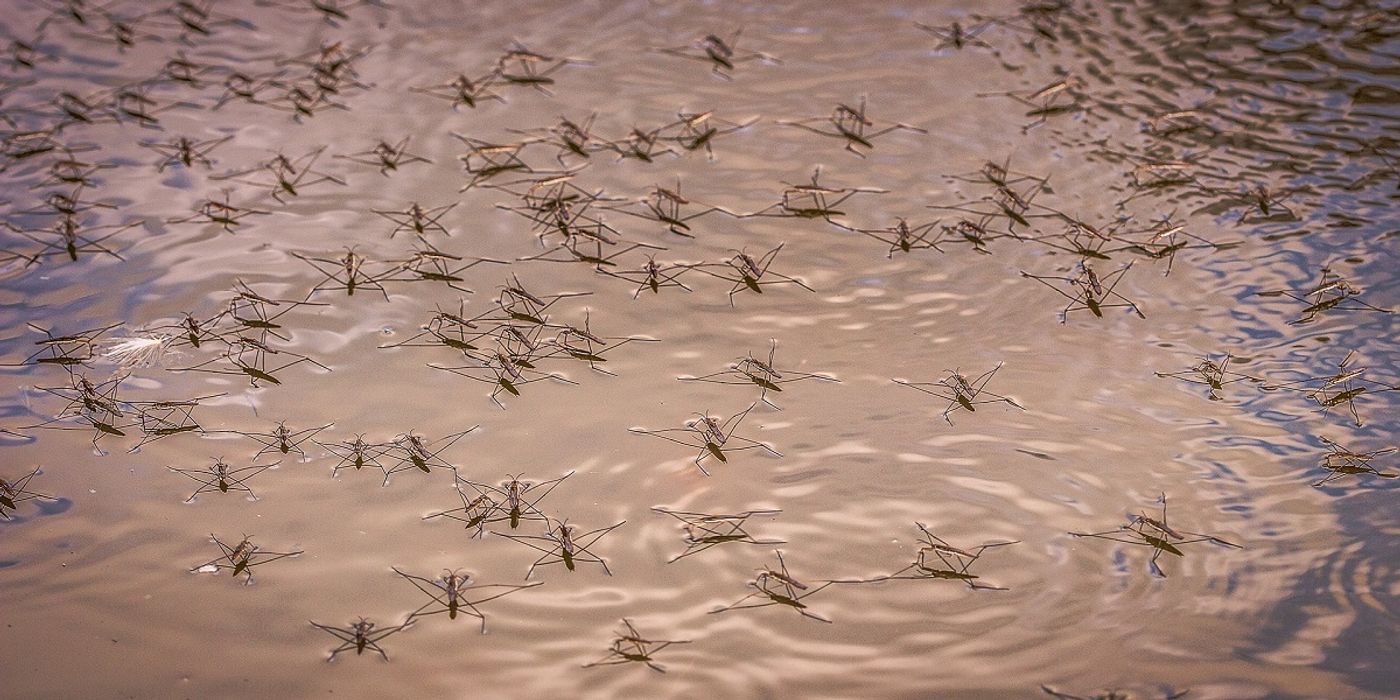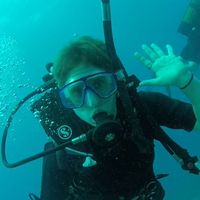Bugs Tell Scientists How Polluted Waters Are
Water quality all over the globe changes as humans use land and develop communities near water. The increase in the amount of land used for both industry and agriculture is increasingly polluting our waters. A worldwide standard for judging water quality relates the organisms living in the water to different levels of pollution. Generally, high biodiversity indicates a higher quality stream, but there are different standards for different locations.
Different species have different sensitivities to various pollutants. Some are more sensitive to suspended sediments, heavy metals, salts, or poor oxygen saturation. Therefore, the changes in invertebrate communities can tell scientists a lot about the long-term water quality of a stream that a water sample at a single time would not reveal. The macro-invertebrates typically assessed include species of mollusks like snails and clams, crustaceans like crayfish and crabs, juvenile insects like dragonflies and stoneflies, and many species of worm-like animals like leeches. Different animals live in different parts of the world, so invertebrate community assemblages will be different in different locations.
Many of the areas in the wealthier and more European countries have been significantly surveyed for these invertebrate communities. But recently, in parts of the world that have historically been ignored or colonized by the first world, scientists are adding to this standard by documenting their own stream communities and establishing water quality standards for their own regions. In the last month, papers have been recently published, or are in review for publishing, from the Andes, Ghana, Pakistan, India, Ethiopia, Indonesia, and Nigeria.
Understanding the way water quality changes in different parts of the world is essential because the standards developed elsewhere will not necessarily be useful in monitoring water quality everywhere else. It is incredibly important for populations to manage their own water quality with their own historical data as humanity changes the planet. Some places have two seasons (wet and dry), versus four and some places have different levels of direct human water use. In places where people are more likely to collect drinking water directly from streams, bathe in streams, or defecate in waters without pre-treatment, water quality will more directly impact a population.
Sources: Authorea, International Journal of Scientific & Engineering Research, Biology Bulletin, International Journal of Environmental Sciences, Development and Environmental Management Studies, Scientific African









